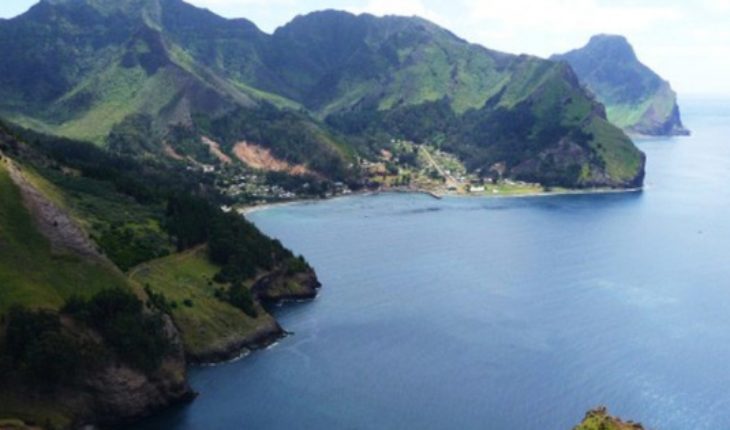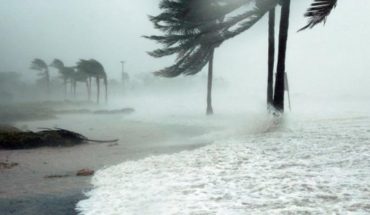protected areas of Chile are highly vulnerable to activities in industrial in its interior. A recent study on the legal situation of the Chilean protected areas, found that of a total of 173 studied areas of different categories (National Park, forest reserve, national reserve, a natural monument, nature sanctuary, reserve of the) (biosphere, Ramsar site, area marine and coastal protected, reserve marine and Marine Park), 73 of them (42%), has developed or been intentions of developing industrial activities (mining, hydroelectric projects, power concession inside (, granting of rights to water, gas pipelines, among others), to the detriment of their conservation goals. This denotes that it is urgent to establish safeguard measures that restrict these activities inside or close to the protected areas.
Protected areas have also serious legal problems of domain boundaries, surface, problems of illegal occupation, deallocation requests, pending lawsuits, illegal or not authorized as extraction of wood and wood, extraction of groundwater, collection huiro, illegal livestock, trees, grazing, fishing and hunting clandestine illegal logging, introduction of exotic species, ecosystem product from plantations or monoculture and risk of fire insulation forest, illegal burning, illegal entry of vehicles, people and pets, among others. These problems have not been addressed by the national forestry Corporation (CONAF) and require to be resolved soon.
On the other hand, the funding for the management of protected areas in CONAF has historically been inadequate. The State contributes about 53% of the budget that requires its management; You are not even covering the entire of the personnel expenditure. CONAF completes its annual budget funded by grant, sale of products and collection by visitors. In addition to this, it would require 1,500 Rangers more for effective management of protected areas as its director pointed out. The own OECD, in its report of performance environmental of 2016, has designated that Chile is one of those countries that less financing intended to their areas protected, assigning only 1.27 dollars by hectare protected, compared with them 16,47 dollars of Costa Rica.
[cit tipo=”destaque”]Bill which creates biodiversity and Protected Areas service which aims to unify the biodiversity conservation within and outside protected areas in a single service, it was hoped could remedy the shortcomings of the system of protected areas listed above. Unfortunately the project does not offer real protection to the areas and they are permeable to industrial activities in its interior. The project not repeals articles that allow these activities on the law basis of the environment or in the mining code. Worse, it allows sectoral concessions for hydroelectric power, mining activities and others, like also tourist concessions with permanent infrastructure for 30 years within the protected areas, which finally leads to a privatization of the areas for exploitation. The Bill also establishes a budget appropriate for the administration of the system of Protected Areas. Similarly, SERNAFOR Bill also addresses these issues.[/cita]
is currently processed in the Congress two bills relating to protected areas. The Bill that created the national forestry service (SERNAFOR) and modifies him General town planning and constructions Act. This project creates public CONAF to now be called SERNAFOR, and establishes that the current protected areas would be under the tutelage of this service which depends on the Ministry of agriculture. On the other hand, Bill is also processed to create biodiversity and Protected Areas (SBAP) service which indicates that all protected areas are under the tutelage of the biodiversity and Protected Areas service that depends on the Ministry of environment Environment.
Recently the discussion has been giving in the Senate where would be hosted protected areas, if they continue at the Ministry of agriculture or cared to the Ministry of the environment. The Minister of the environment has pointed out a few weeks ago that it has agreed with the Minister of agriculture that protected areas remain in the environment. However this has generated tension in CONAF and workers who resist the transfer given that saved the protected areas of very dedicated way for 48 years and have much experience in doing so.
Bill which creates biodiversity and Protected Areas service which aims to unify the biodiversity conservation within and outside protected areas in a single service, it was hoped could remedy the shortcomings of the system of areas protected above. Unfortunately the project does not offer real protection to the areas and they are permeable to industrial activities in its interior. It project not repeals articles that allow these activities on the law of Bases of the environment or in the code miner. Worse, it allows sectoral concessions for hydroelectric power, mining activities and others, like also tourist concessions with permanent infrastructure for 30 years within the protected areas, which finally leads to a privatization of the areas for exploitation. The project of law nor sets a budget appropriate for the administration of the system of Areas protected. Similarly, SERNAFOR Bill also addresses these issues.
Sustainable Chile has followed the discussion of these projects in the Congress and believes that the decision of where the protected areas remain housed is very relevant, nevertheless independent of where they are, more important still is to ensure giving areas protected by effective legal protection and a budget suitable for its management. Otherwise the discussion becomes irrelevant. CONAF so far has handled the helplessness and poverty of the protected areas of Chile and currently intends to transfer the same helplessness and poverty to the Ministry of environment, through the Service Bill of biodiversity and Protected Areas which makes no sense. If these ministries want low your tuition the areas protected, then must give guarantees of their effective protection.
The biodiversity service Bill could be an opportunity to improve the current situation of protected areas, but requires substantial amendments in the Chamber of deputies to ensure true protection to biodiversity and the protected areas. For example, is quite urgent project to repeal article 10 letter p) Bases of law N ° 19,300 which allows industrial activities within protected areas and should be repealed in the mining code law No. 18.248, article 17 paragraph 2 ° that allows mining activity within the protected areas, as also to establish firm bans on these activities in the text of the draft, among other things.
The question is whether the country will rise to this challenge as others have done, or will follow the path of privatizing and lose this heritage of all Chileans through concessions and activities industrial, mining, hydropower and tourism on a large scale in its inside. The current Government has been encouraging the award tourist Radal 7 Tazas, Nahuelbuta national parks and others who come in your way through the tourism law, which gives a very bad sign of his true intentions with respect to the protected areas of the country. National parks have been created for the conservation of biodiversity, not to exploit, as the Convention of Washington “wealth existing in them not is exploited for commercial purposes”.
Poured in this op-ed content is the sole responsibility of the author and do not necessarily reflect the editorial line nor the counter position.





